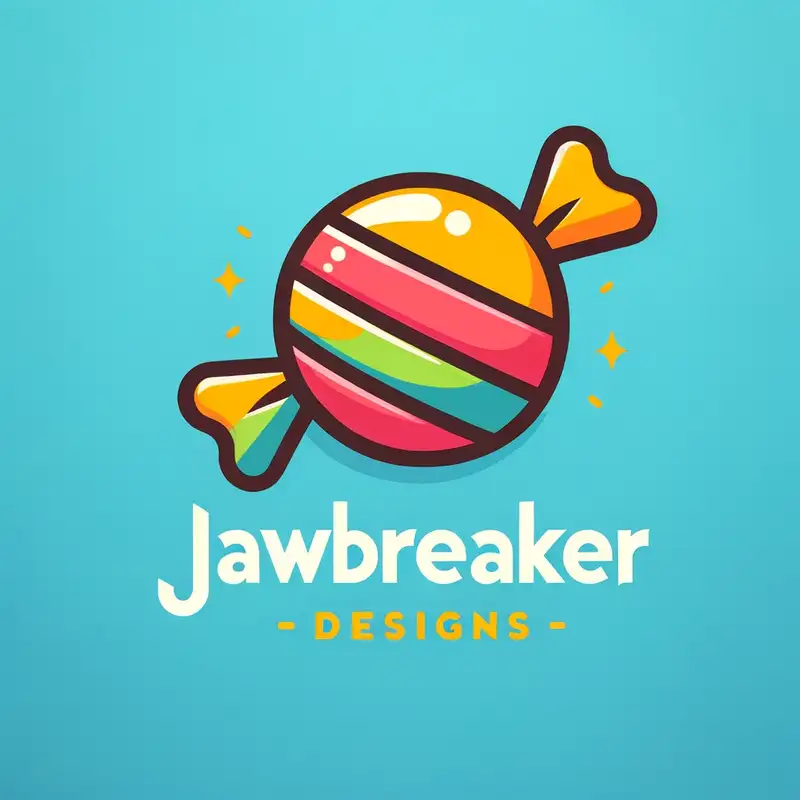 Episode
Episode
· 02:29
If you're a parent, chances are you've been subjected to countless hours of children's programming, and you know that not all shows are created equal. This article by Trung Phan dives deep into the stark contrast between Bluey and Cocomelon, two of the most popular kids' shows. Bluey, created by Australian animator Joe Brumm, is a heartfelt, well-crafted series that resonates with both kids and parents. With intelligent storytelling, relatable parenting moments, and high-quality animation, Bluey is a rare gem in children's programming. On the other hand, Cocomelon is a hyper-stimulating, algorithm-driven content machine that hooks kids in with its fast cuts, vibrant colors, and repetitive nursery rhymes—earning it the nickname "crack for kids." While both shows dominate streaming platforms, Bluey's artisanal storytelling is worlds apart from Cocomelon's data-optimized, factory-farmed approach to kids' entertainment.
At its core, this is a clash between artistry and data-driven programming. Cocomelon follows a formula to hold kids’ attention, while Bluey is an expression of personal storytelling that resonates deeply. As Trung perfectly sums it up: Bluey is like a Michelin-star restaurant, while Cocomelon is McDonald's—there’s a place for both, but one is clearly superior for those who appreciate quality.
Link to Article
Listen to jawbreaker.io using one of many popular podcasting apps or directories.